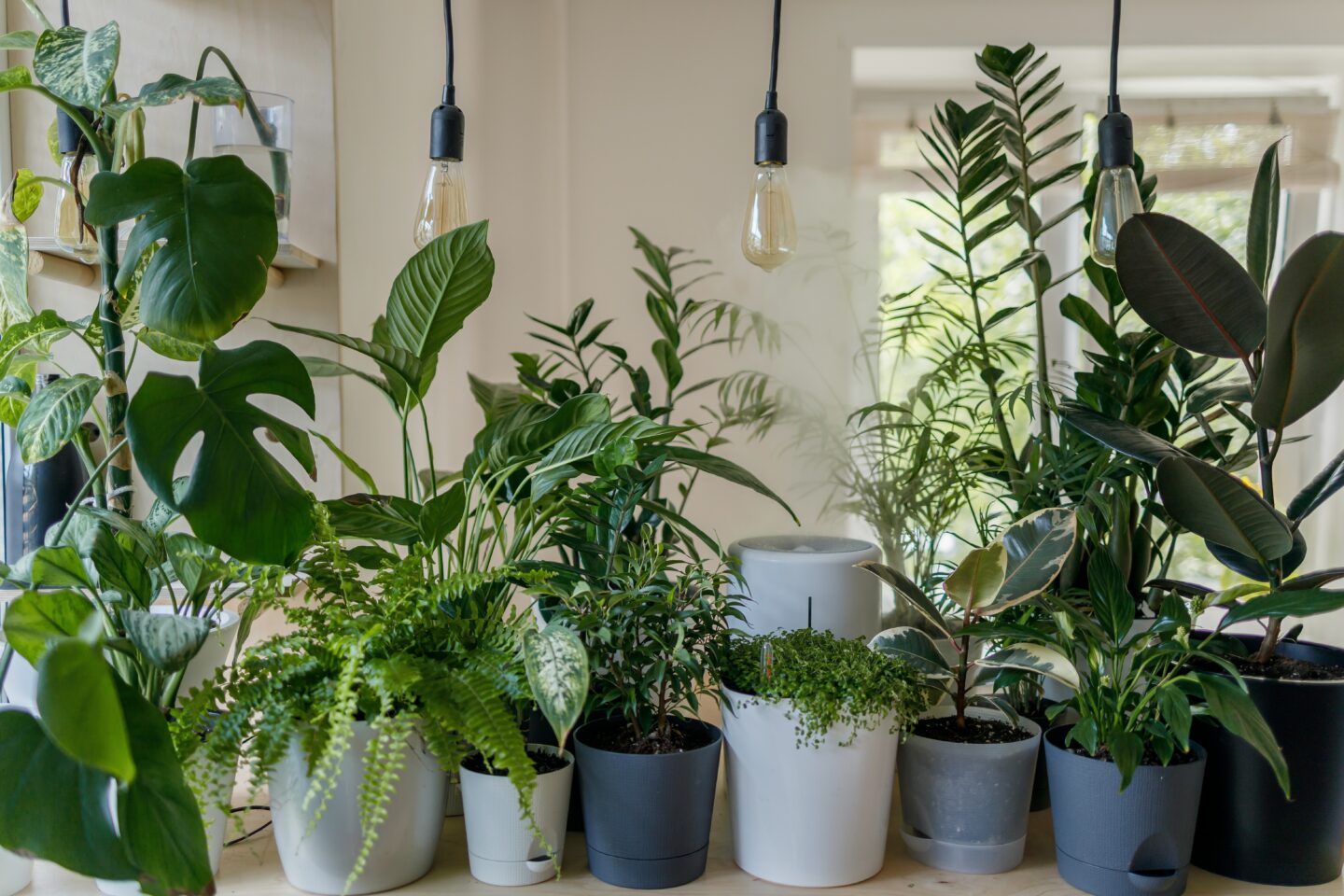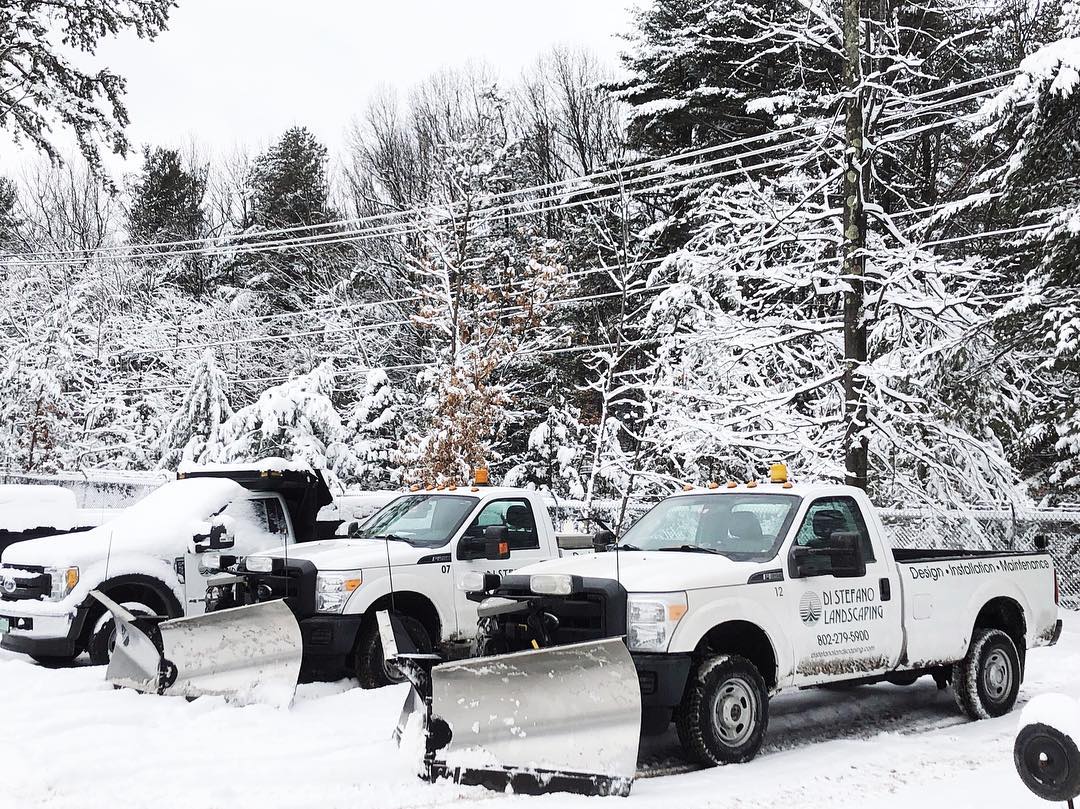Although perennials are famously low maintenance, there are some varieties that need to be divided every few years to maintain healthy roots and foliage. Bonus: that favorite daylily you planted a few years ago will now be three! Dividing plants is a fairly easy and straight-forward garden chore that can be done in the spring or the fall. Do some planning ahead for where you want to put your ‘bonus’ plants in the garden (or which lucky friend will be gifted some for their garden) because you’ll want to get them in the ground fairly quickly. We’ll talk about some of the most common perennials that should be divided every few seasons and how to divide them in an easy way to ensure the plants stay healthy and productive.
Why Divide Plants?
There are a few reasons why you should divide certain plants every few seasons: to stimulate new growth, to control the size of the plant in your garden design, and to create bonus plants to incorporate in other parts of your garden.
When To Divide Plants
The best time to divide your plants is early spring once you see some above-ground growth on your plants. The ground is still cool in the spring and the plants are in an early growth stage which means they will divide and replant well. Your new divides will have plenty of time to get good root growth before the heat of the summer months.
If you don’t get to dividing your plants in the spring (because we’ve all been there), wait until the fall after the plant has died back for the season. Plant the new divides, give them a good watering, and they’ll stay dormant until early spring.
Which Plants To Divide (And Not Divide)
There are many popular perennials that are garden staples here in Vermont that will actually grow better if divided every few seasons. Their roots and foliage need space and airflow to grow and will keep multiplying if you divide them every few seasons. This will save you money at the nursery, too, while ensuring you’re planting something that thrives in your soil!
Common Perennials That Should Be Divided Every Few Seasons:
- Hostas
- Aster
- Daylilies
- Coreopsis
- Astilbe
- Irises
- Blanket Flower
- Ornamental Grasses
- Yarrow
- Lamb’s Ear
- Black Eyed Susan
- Cardinal Flower
- Foam Flower
- Joe Pye Weed
- Maidenhair Fern
- Phlox (Creeping & Garden)
- Shasta Daisies
As a basic rule, perennials with a single taproot or crown that the flowers shoot out from should not be divided. This will disturb the plant’s growth and may damage the plant. Popular plants with a single taproot or crown include Callirhoe (Poppy Mallow), Bleeding Heart, Butterfly Weed, and Lupine.

Ornamental Grass 
Iris
How To Divide Plants
We recommend getting out in the garden in the early spring to identify which plants may need to be divided. The best time to divide a plant is once it’s grown significantly, but hasn’t completely outgrown its space or started to have hindered growth from overcrowding. Stay ahead of it and divide every 2-3 years depending on the variety.
In the spring or fall, follow these simple steps to divide your perennials:
- Use a pointed shovel or spade to dig around the base of the plant. Make sure to dig at least a few inches outside the base of the plant to ensure you’re getting the entire root structure (which is the most important part of dividing).
- Lift your plant out and shake out/hose off excess dirt to make it easier to divide the root system.
- Using your fingers or a sharp (and sanitized) knife, divide the roots up into different sections. Depending on how big your plant is, you may get anywhere from 2 to 5 different sections. A good rule is to make sure each division has at least 3 above-ground shoots and healthy roots.
- Re-plant your new divides at the same soil level as they were in the original garden. Make sure to give them a deep watering to remove any air pockets around the roots.
- Treat your divide like any new plant, making sure to give it a little extra water and TLC for the first few weeks.

Black Eyed Susan
That’s All, Folks!
Dividing is not only an easy task to make sure your plants stay healthy and don’t overtake your garden, but also an economic way to create new garden beds with existing varieties you can depend on. Win, win!




